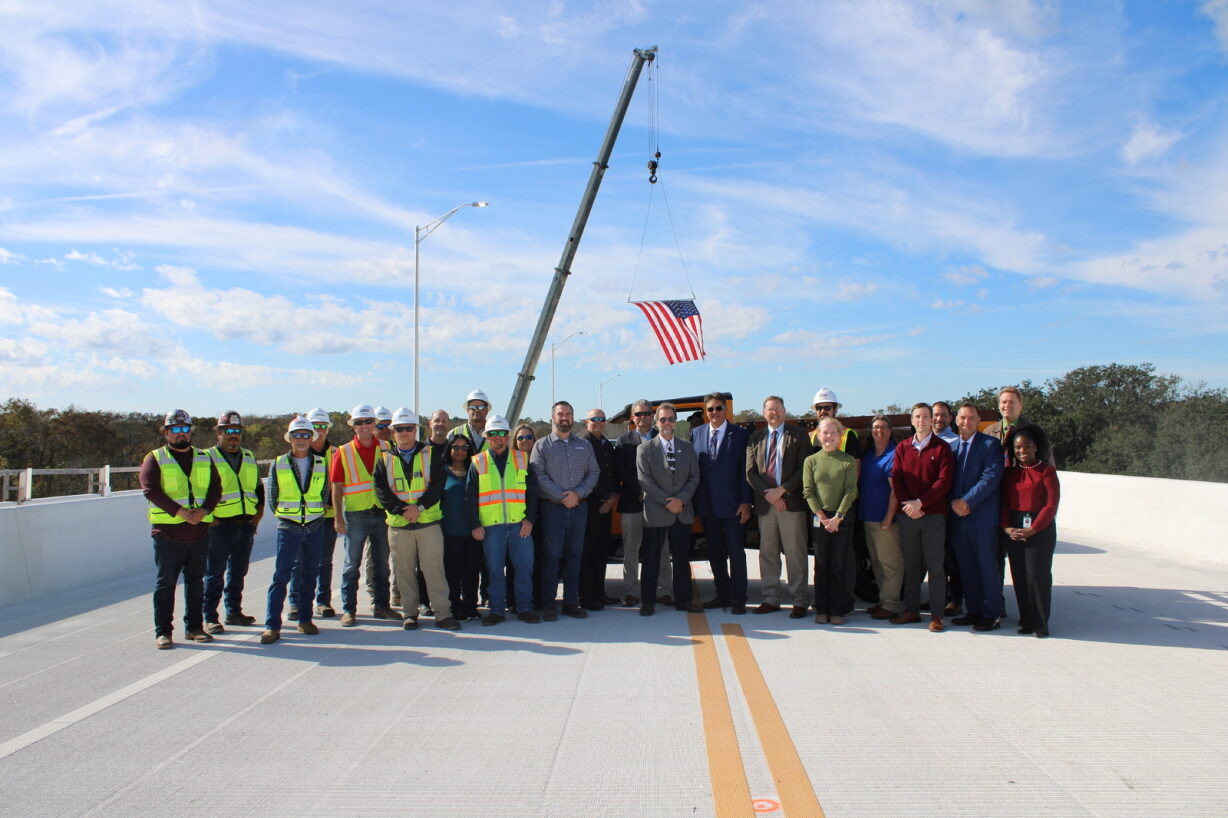By: Nancy Ortega, Community Outreach Senior Specialist | EXP
As communities evolve and the complexities of public projects increase, the need for effective public involvement becomes more critical. Engaging the public in the decision-making process fosters transparency and leads to informed and resilient outcomes. Recent emerging trends are shaping the future of public involvement. From innovative digital engagement tools to collaborative co-design practices, these trends reflect a shift towards inclusive, equitable and effective methods of engaging the public. By understanding and embracing these changes, organizations enhance their connection with the communities they serve, ultimately leading to better project outcomes and stronger community relationships.
As technology continues to advance, digital engagement platforms will continue to be a helpful tool for public engagement work. These platforms allow for real-time feedback, virtual public meetings and interactive surveys. They also facilitate and analyze data gathered from the public, which aids both project teams and public involvement specialists. Utilizing data and analytics to understand community needs and drive decisions enhances public involvement efforts, ensuring that projects are aligned with the community’s interests.
Social media integration has also become critical to attract attention from specific demographics. Organizations use social media to engage the public, share project updates and invite feedback through platforms where their target audience already interacts. This approach also facilitates the dissemination of information about projects in a manner that is easy to consume.
Public involvement teams must consider the topics that resonate with their audience. It is increasingly important to prioritize equity and inclusion in public involvement efforts, ensuring that both underrepresented voices and underserved populations are heard. It is important to consider every individual that the project you are supporting will affect. Collaborative tools and co-design practices will allow project teams to work alongside community members, allowing citizens to directly influence project designs and outcomes. Interdisciplinary approaches and cross-collaboration among various fields, such as engineering, social sciences and urban planning, enhance public involvement strategies and lead to more holistic and effective solutions.
Even after a project is complete, communication with the public should continue. Feedback loops establish ongoing feedback and allow communities to continuously engage with projects, providing input even after implementation. This helps shape future improvements and adjustments.
These trends reflect a growing recognition of the importance of community input in decision-making processes and the need for innovative approaches for effective public engagement. By adopting these behaviors, public involvement teams can foster a more engaged and informed public, ultimately leading to projects that truly reflect the needs and desires of the community.
Learn more about public involvement services at EXP.

